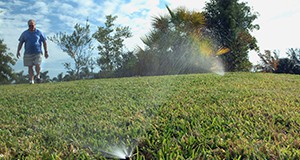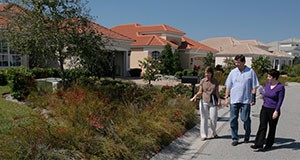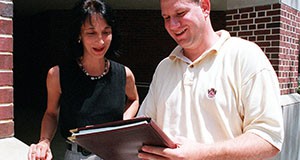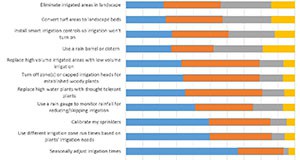This is the second publication in a series focusing on encouraging water conservation among Florida residents who use irrigation in their home landscapes. This six-page fact sheet examines one approach to segmenting Florida residents who use irrigation in the home landscape. It also describes how segmentation can be used to encourage water conservation practices. Written by Laura A. Warner, Emmett Martin, Alexa J. Lamm, Joy N. Rumble, and Esen Momol and published by the Department of Agricultural Education and Communication.
http://edis.ifas.ufl.edu/wc200
Tag: Emmett Martin
Encouraging Landscape Water-Conservation Behaviors #5: Segmenting the Audience Based on HOA Status

The newest article in the Encouraging Landscape Water-Conservation Behavior series, this six-page fact sheet provides Extension professionals with information on segmenting audiences based on their home owner association status. It provides data that shows how HOA membership potentially affects the barriers that households face when adopting conservation measures and explains how Extension professionals should use this information to enhance programming by strategically planning programs based on the similarities between clients.Written by Laura A. Warner, Alexa J. Lamm, Emmett Martin, Joy N. Rumble, and Esen Momol, and published by the Department of Agricultural Education and Communication.
http://edis.ifas.ufl.edu/wc246
Encouraging Landscape Water-Conservation Behaviors #1: Tailoring Programs To Florida Residents Who Use Irrigation in the Home Landscape
To better promote water-conservation practices among homeowners who irrigate their landscaping, Extension professionals must first have a clear understanding of this target audience’s habits, beliefs, and needs. This 10-page fact sheet recommends that Extension professionals analyze their audiences through several factors, including their interest in water conservation and knowledge of water issues and laws. Written by Laura A. Warner, Emmett Martin, Alexa Lamm, Joy Rumble, and Randall Cantrell, and published by the UF Department of Agricultural Education and Communication, May 2015. http://edis.ifas.ufl.edu/wc199
Encouraging Landscape Water-Conservation Behaviors: Information Seeking Preferences of Florida Residents Who Use Irrigation in the Home Landscape
 How can we encourage Florida residents who irrigate their home landscapes to adopt environmentally responsible irrigation practices? Provide them information they are interested in and deliver it through their preferred information channels. This 4-page fact sheet discusses the topics of interest to this audience and how they prefer to receive information about water-conservation practices related to their home landscaping, and makes recommendations for reaching this audience. Written by Courtney Owens, Laura Warner, Joy Rumble, Alexa Lamm, Emmett Martin, Randall Cantrell, and published by the UF Department of Agricultural Education and Communication, April 2015. (UF/IFAS Photo by Thomas Wright)
How can we encourage Florida residents who irrigate their home landscapes to adopt environmentally responsible irrigation practices? Provide them information they are interested in and deliver it through their preferred information channels. This 4-page fact sheet discusses the topics of interest to this audience and how they prefer to receive information about water-conservation practices related to their home landscaping, and makes recommendations for reaching this audience. Written by Courtney Owens, Laura Warner, Joy Rumble, Alexa Lamm, Emmett Martin, Randall Cantrell, and published by the UF Department of Agricultural Education and Communication, April 2015. (UF/IFAS Photo by Thomas Wright)
http://edis.ifas.ufl.edu/wc204

